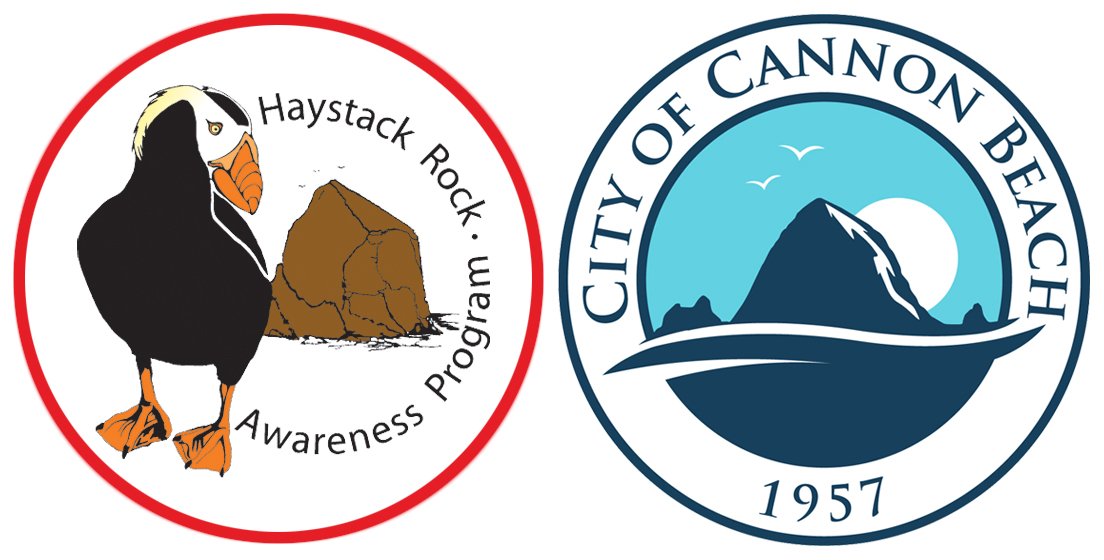
Our History spans decades. The Rock’s spans eons.
Neal and Karen Maine
In 1983, local couple Neal and Karen Maine set up spotting scopes at Haystack Rock to observe the birds. Curious beachgoers soon crowded around, asking what they were looking at and to teach them about the wildlife.
The enthusiasm of these strangers led to Karen Maine, a former educator, to suggest the idea of a formal interpretive program. In 1985, the first official season of the Haystack Rock Awareness Program was launched; with the support of local volunteers and contracted naturalists, the first summer pilot season was a huge success.
In the three plus decades since its initial inception, HRAP has expanded to a larger team and staff that now oversees a range of educational, stewardship, and scholastic events at Haystack Rock. Our history is one that is always growing and changing every day much like the rock itself, the only constant are the many people who continue to cherish this natural beauty and come to share in its rich geologic and biologic history. Come join us as a volunteer or visitor and be a part of our history and appreciate the millions of years that led to these delicate nesting grounds that thousands of species now call home.
"...the grandest and most pleasing prospects which my eyes ever surveyed, in front of a boundless Ocean..." William Clark, 1805 of his first view of what would later become Cannon Beach
The Miocene (~15-17 million years ago): An active area known as the Yellowstone Hotspot created a series of lava flows and eruptions that moved along the Columbia Basin Plateau creating what is now many of Oregon’s natural coastal features including Haystack Rock, Tillamook Head, Arch Cape, and Saddle Mountain. One of those movements, the Gingko Flow, traveled to what is modern day Cannon Beach, burrowed into ocean sediment and later re-erupted from the sea floor (which was around 1,000” lower than modern day) in secondary submarine volcanoes due to activity from the Cascadia Subduction Zone as the Juan De Fuca Plate subducted under the North America Plate. Haystack Rock is thought to be the result of an eroding throat from one such eruption.
A Timeline of Recent History:
1935: May 6th the Oregon Islands National Wildlife Refuge was established by the US Fish and Wildlife Service (USFWS).
1956: City of Cannon Beach was incorporated.
1967: July 6th Oregon Beach Bill was signed by Governor Tom McCall, establishing public ownership of land along the Oregon Coast.
1968: Haystack Rock was added to the Oregon Islands National Wildlife Refuge.
1978: Haystack Rock become a wilderness area.
1985: HRAP was formed as a City of Cannon Beach program.
1990: Haystack Rock is established as a Marine Garden by Oregon Department of Fish and Wildlife (ODFW)
1994: Oregon Territorial Sea Plan (TSP) was first adopted by the Oregon Department of Land Conservation and Development (LCDC)
2004: Friends of Haystack Rock was founded


